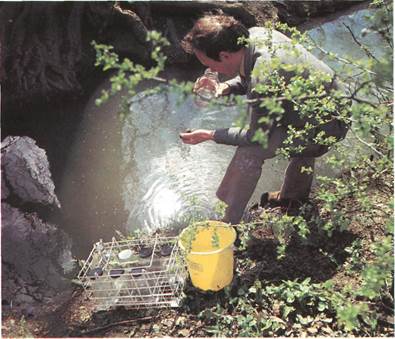
CATEGORIES:
BiologyChemistryConstructionCultureEcologyEconomyElectronicsFinanceGeographyHistoryInformaticsLawMathematicsMechanicsMedicineOtherPedagogyPhilosophyPhysicsPolicyPsychologySociologySportTourism
Computerized control systems
The development of large-memory microcomputers has enabled even simple laboratory
equipment to be linked with a computer. Such a computer can collect results from analyses as the bases for data storage, comparison, and retrieval. As a result, computers are used at all levels of activity in chemical analysis. In spectrometry, they compare spectra from unknown substances with a library of spectra as a basis for identification. In chromatography, identification is achieved in a similar manner. Complete chromatographs can be recalled from the computer memory and presented on a display screen.
In this way, computers are effectively transforming the analytical laboratory. On the basis of the information fed into them by automatic instruments, they can indicate poor quality materials, suggest when a process is faulty, and even control the whole of a production sequence.
E Tube moves down for second sample

|
\
In one type of automatic sampler,a tube sucks up sample 1 (A). The tube then moves up and sucks in some air (B), then moves down again to suck up wash liquid (C). The tube moves up again to suck in air (D) and finally moves down to repeat the sequence with sample 2 (E). The samples are thus separated by bubbles of air and wash liquid.
A set of electrodes(left) can monitor the pH (acidity or alkalinity) of samples or reaction mixtures and feed the information to a computer.


|
Pollution controlis one of
the major uses of chemical analysis. Here a scientist collects samples of river water from a feeder stream. The stream has a suspicious scum that may be caused by industrial or agricultural pollution.
Uses of analysis
There are increasing demands for quality control in factories, higher standards for the cleanliness of air and water, and tighter requirements on drug and food additives. All this has led to a greater need for improving the methods of chemical analysis described in this section.
Date: 2015-12-11; view: 1399
| <== previous page | | | next page ==> |
| Thermoluminescence dating | | | Analysis of food and drugs |